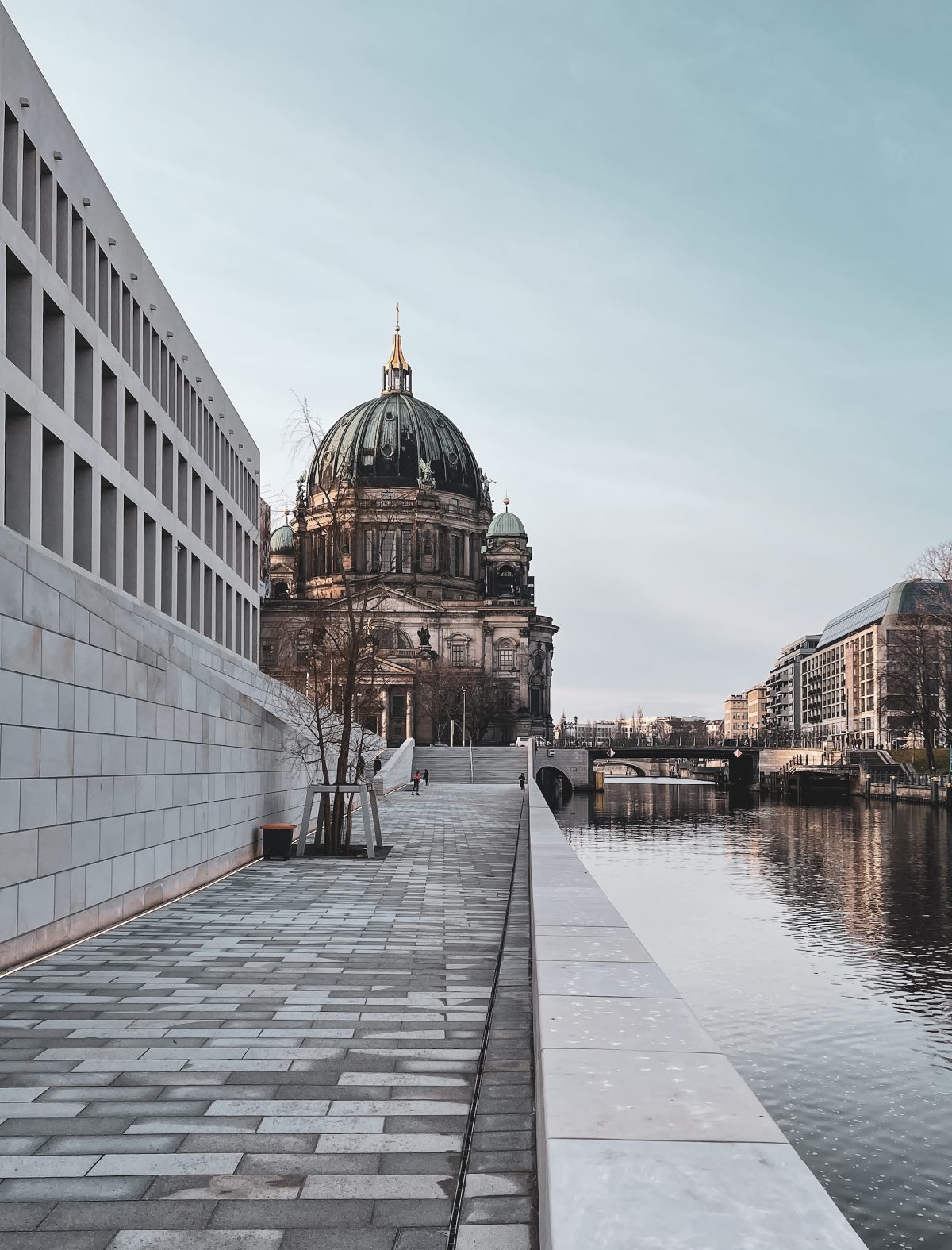During World War II, Germany operated several concentration camps in and around Berlin. These camps were part of Adolf Hitler’s systematic persecution and genocide of millions of people, primarily Jews, along with other targeted groups such as Romani people, disabled individuals, and political dissidents.
1. Sachsenhausen Concentration Camp
Sachsenhausen was one of the first concentration camps established by the Nazis. It opened in 1936 and served as a model for the camps that followed. Located in Oranienburg, just north of Berlin, Sachsenhausen held various categories of prisoners, including political opponents, Jehovah’s Witnesses, homosexuals, and Jews. It operated until the end of World War II and was infamous for its brutal conditions and numerous deaths.
1.1 Life in Sachsenhausen
Prisoners at Sachsenhausen endured forced labor, malnutrition, medical experiments, and widespread mistreatment. They were subjected to inhumane punishments and often died from exhaustion, disease, or execution. The camp also housed a counterfeit money production operation, aimed at destabilizing the economies of Germany’s enemies.
2. Ravensbrück Concentration Camp
Ravensbrück, located about 90 kilometers north of Berlin, was primarily a camp for women. It opened in 1939 and became one of the largest concentration camps for female prisoners. The camp also held children, men, and female political dissidents from various countries.
2.1 Conditions in Ravensbrück
Life in Ravensbrück was marked by extreme brutality and violence. Prisoners were subjected to forced labor, medical experiments, and sterilization. The mortality rate was high, with thousands of women dying from malnourishment, disease, or execution. Some women were also selected for death in gas chambers or sent to other extermination camps.
3. Oranienburg Concentration Camp
Located in the town of Oranienburg, north of Berlin, this camp was operational from 1933 to 1934. The Oranienburg Concentration Camp served as a prototype for the later concentration camps and initially targeted political opponents of the Nazi regime.
3.1 Significance of Oranienburg
The Oranienburg camp played a pivotal role in the development of the Nazi concentration camp system. It served as a testing ground for implementing various methods of control, suppression, and persecution. The techniques refined in Oranienburg became the basis for later, larger-scale camps within Germany and Nazi-occupied territories.
4. Dachau Concentration Camp
Dachau, located approximately 17 kilometers northwest of Munich, was the first permanent concentration camp established by the Nazis in March 1933. Despite its distance from Berlin, it is worth mentioning due to its significance as a prototype for subsequent concentration camps.
4.1 The Role of Dachau
Dachau set the standards for many aspects of concentration camp operations. It served as a training center for SS personnel and housed primarily political prisoners, including many prominent figures opposed to the Nazi regime. The camp’s architecture, organization, and routines were later replicated in other camps.
Conclusion
The concentration camps around Berlin and Germany during World War II were instruments of immense suffering, cruelty, and death. Millions of innocent lives were lost within these camps and their brutal conditions. Remembering and understanding their history is crucial to prevent such atrocities from happening again in the future.

